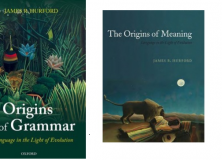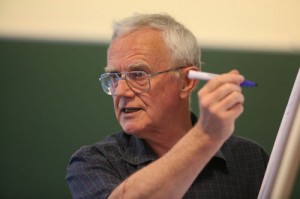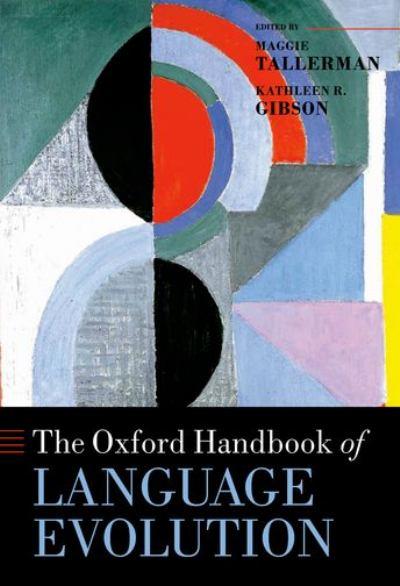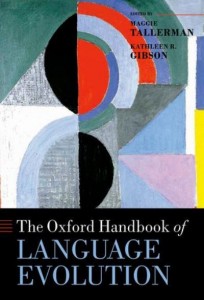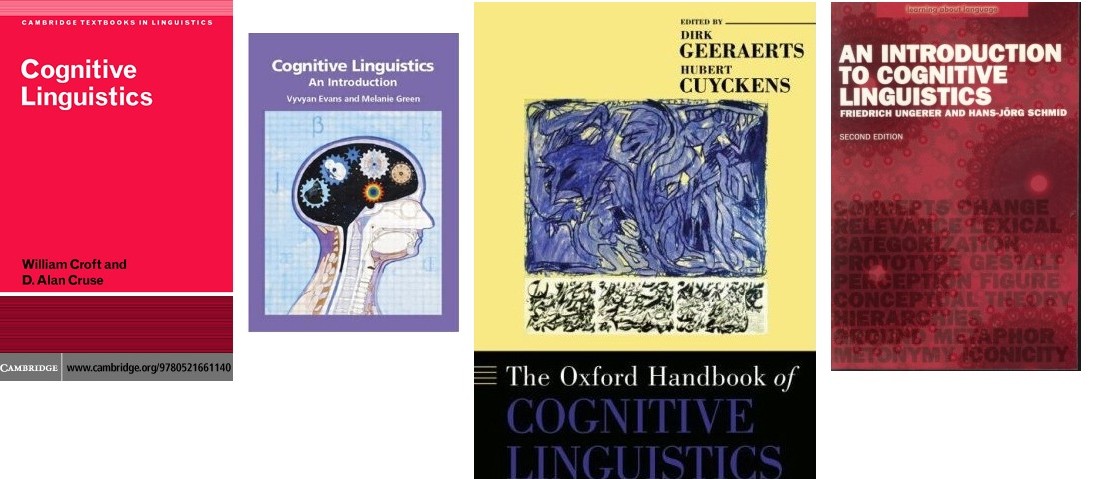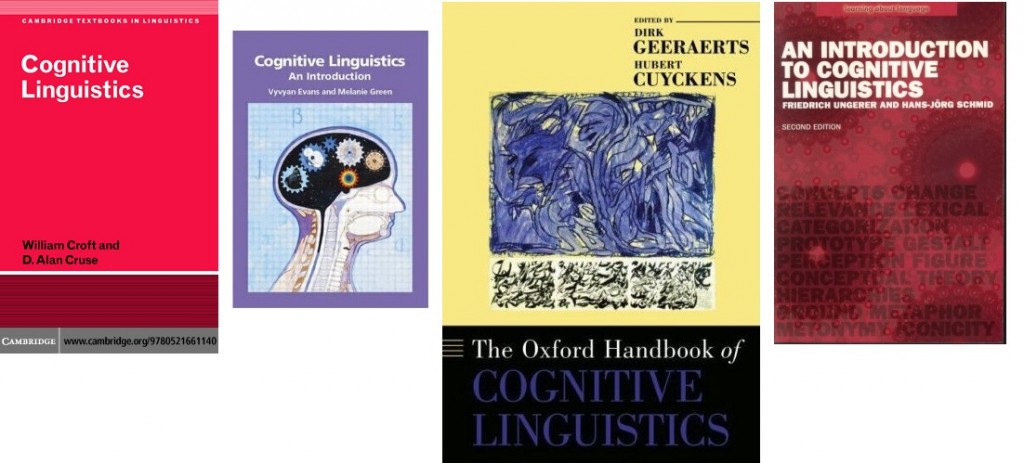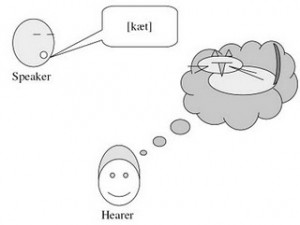This post continues my summary of Jim Hurford’s discussion of two contrasting extreme positions on language evolution in his plenary talk at the Poznan Linguistic Meeting. Here’s the summary of these two positions from my last post:
Position A:
(1) There was a single biological mutation which (2) created a new unique cognitive domain, which then (3) immediately enabled the “unlimited command of complex structures via the computational operation of merge. (4) This domain is used primarily for advanced private thought and only derivatively for public communication. (5) It was not promoted by natural selection.
Position B:
(1) There were many cumulative mutations which (2) allowed the expanding interactions of pre-existing cognitive domains creating a new domain, which however is not characterized by principles unique to language. This then (3) gradually enabled the command of successively more complex structures. Also, on this view, this capacity was used primarily for public communication, and only derivatively for advanced private thought and was (5) promoted by natural selection.
Hurford criticized the position that the biological changes enabling languages primarily evolved for private thought, because this would imply that the first species in the Homo lineage that developed the capacity for unlimited combinatorial private thought (i.e. “merge”) were non-social and isolated clever hominids. This, as Hurford rightly points out, is quite unrealistic given everything we know about human evolution regarding, for example, competition, group size, neocortex side and tactical deception. There is in fact very strong evidence that what characterizes humans the most is the exact opposite as would be predicted by the “Merge developed in the service of enhancing private thought” position: We have the largest group size of any primate, the largest neocortex (which has been linked to the affordances of navigating a complex social world) and have the most pronounced capacity for tactical deception.

